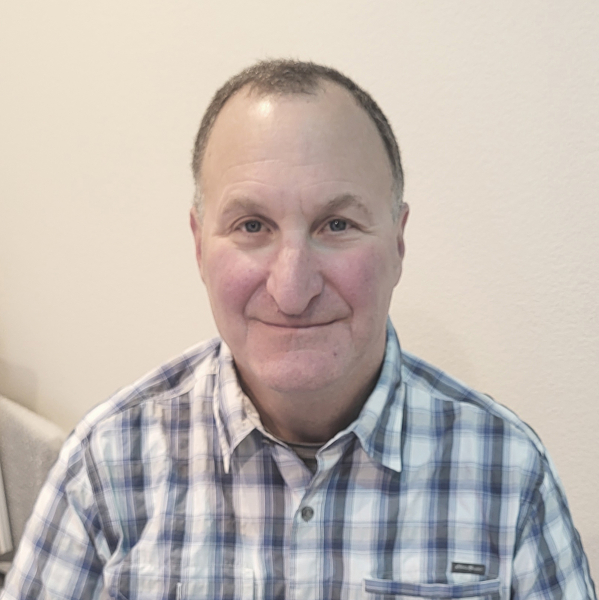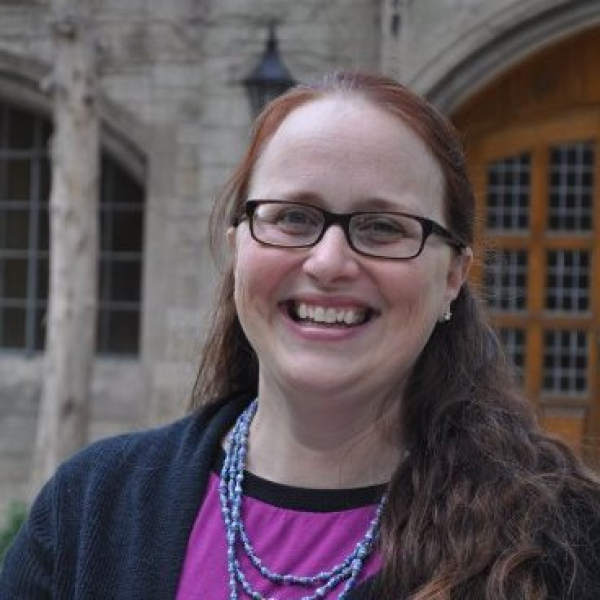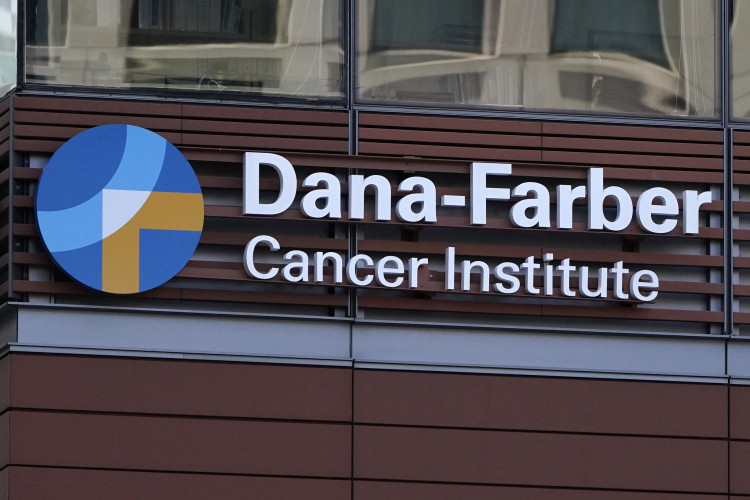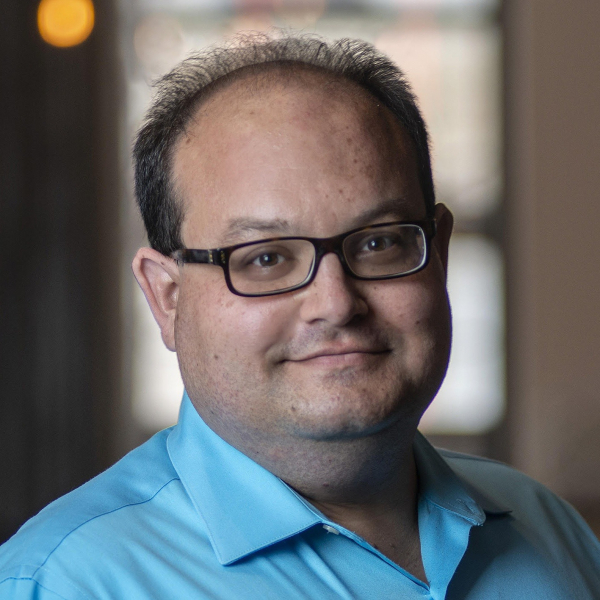Molecular biologist Mike Rossner, who has committed his life to following the science, now finds himself playing an unexpected if urgent role – exposing the fraud of his fellow scientists.
Rossner is part of a network of experts that sniff out researchers who intentionally or recklessly fabricate, falsify, or plagiarize evidence. Rossner, a consultant specializing in identifying manipulated and duplicated images in journal papers – a telltale sign of deceit – has been dismayed by his findings at U.S. research centers. Scientists often have deleted the data underlying the images, making misconduct harder to prove and casting doubt on the validity of the research.

“Science is about finding the truth, and an inaccurate representation of what was actually observed means that you are not representing the truth,” said Rossner, a former managing editor of The Journal of Cell Biology. “This is harmful to the progress of science and to our society that depends on it.”
In recent years, research misconduct has tainted the country’s most venerable universities, including Harvard and Johns Hopkins. To date, more than 20 Nobel Prize winners have had papers retracted by the journals that published them, a move often associated with misconduct, according to Retraction Watch. The watchdog group says that retractions worldwide increased fivefold in the last decade.
That a profession with noble intentions finds itself beset by a surprisingly high incidence of not just honest errors but fraud – estimated at about 1% to 2% of all research papers – is a complicated story. Experts say it reflects a breakdown in ethics by scientists under intense pressure to frequently publish to keep their jobs. This problem was highlighted by a recent article in the Proceedings of the National Academy of Sciences about the growth of clandestine “paper mills,” which exploit the “publish or perish” culture of research. The operators of mills produce low-quality and fake papers – giving authorship to scientists at a price – that are published in “predatory journals” without peer review, fueling the growth of retractions and fraud.
The problem runs deeper. Lax oversight at some universities and research centers, which are required by federal agencies to police themselves and yet depend on the grants that published research brings in, allows wrongdoing to go unchecked.
When fraud is suspected, the misconduct investigations that follow are shrouded in secrecy – even though much research is federally funded. Universities typically reveal nothing at all, even though federal rules clearly allow them to disclose details of cases when misconduct is found, out of fear of defamation suits from scientists and internal employment policies.
What’s more, institutions as well as the federal funding agencies that oversee the investigations, mainly the Department of Health and Human Services’ Office of Research Integrity, don’t disclose anonymous data on the total number of allegations, investigations, and findings of misconduct each year. This lack of transparency makes it almost impossible to determine if the problem is getting better or worse. It’s a big black box.

Still, two research integrity officers (RIOs) who handle these probes told RealClearInvestigations that misconduct findings at some institutions are on the rise, stemming from an increase in the volume of substandard papers and greater scrutiny of them.
“We have had more findings of misconduct at Northwestern in recent years than we did 10 years ago and generally it’s been on the rise,” Lauran Qualkenbush, research integrity officer at the top ranked university, told RCI. “There is greater public awareness and more people actually reporting misconduct.”
More than academic reputations are at stake. Many misconduct cases are concentrated in biomedical research, which clinicians depend on to make diagnostic and treatment decisions. Among the examples of fraudulent research potentially harming patients, a study by JAMA found such a link with hydroxyethyl starch, which is used to treat people experiencing a rapid loss of blood.
The harm is also to science itself at a time of deepening public skepticism in the enterprise. When solid findings on the safety and effectiveness of vaccines are rejected by officials in the Trump administration, which is also aiming to cut funding by about a quarter in its campaign against “woke” research, self-inflicted cheating scandals can only weaken public support for the value of science.
Obstacles to Investigations
Research integrity officers on the frontlines face institutional obstacles that go well beyond the deletion of data. In the university hierarchy, these investigators are known to be dedicated but are also often low-ranking. They depend on their bosses, typically a university’s head of research or chief academic officer, to run interference for them.
“It’s important that RIOs have support of the most senior people because of the things that they have to deal with,” said Northwestern’s Qualkenbush.
What RIOs often confront are tenured scientists with impressive reputations and institutional backing because of the funding and publicity they attract to the university. Since a misconduct finding can lead to dismissal or a years-long ban on federal funding, it’s not surprising that more scientists are filing defamation suits to “silence the critics” and derail investigations, according to a Cambridge University Press article.

These investigations are unfolding in a conflicted atmosphere. Misconduct is often first suspected by researchers in the same lab where they work. Everyone in the lab, from the faculty members who run it to the younger post-docs and grad students, knows each other. They celebrate breakthroughs and birthdays together. So researchers are very reluctant to report evidence of fraud because of a fear of career-harming retaliation from their colleagues.
At Northwestern, Qualkenbush goes to great lengths to protect whistleblowers and get their cooperation. She has helped find them positions in other labs, creating a safe distance from their former colleagues before informing the accused of an inquiry. She has arranged for the writing of letters of recommendation from faculty members who are not involved in the wrongdoing. One Northwestern graduate student waited a year to report allegations – until immediately after the person was awarded a Ph.D. and could move on to a new opportunity without fear of reprisal.
“Fear of retaliation is a huge problem that RIOs have to deal with on a regular basis,” Qualkenbush said. “You can’t have a grad student make allegations against their principal investigator and go back to work in the lab the next day. When the accuser is in a vulnerable position, it’s just horrific.”
Stefan Franzen, a whistleblower at North Carolina State University whose long saga was chronicled by the local media, became the target of an unrelenting retaliation campaign. Franzen told RCI that his troubles began when, at the urging of his dean of research, he started working with two researchers who had just published what was considered a groundbreaking paper in the prestigious journal Science. Together, they would form a competitive team to win grants.
But Franzen, then a tenured chemistry professor, and a grad student dug into the paper and found several flaws in its central finding. After informing the two researchers of his concerns and getting no response, Franzen says, he intended to send a correction to the journal. But the researchers objected, saying the data wasn’t his to correct – an argument that Franzen found preposterous – and the dean sided with the duo, saying the university could be sued.
Undaunted, Franzen did file a complaint with N.C. State’s research integrity officer. The RIO investigated the matter and sent a report to the National Science Foundation that oversaw the case because it had provided the grant.
“The next thing I know, everyone, top to bottom, is upset with me because I’m going to cost the university money,” Franzen said. “The dean went around telling people how terrible I was. If you’re the whistleblower, you are the one who gets hurt.”

Franzen says research center directors made it difficult for him to use their equipment. Worse, the dean backed an investigation accusing Franzen of grant fraud, which included a visit by two armed federal agents. Franzen was cleared.
It took a decade before Franzen won a bitter-sweet victory. In a 2015 letter of reprimand, NSF banned the two researchers from receiving more federal funding because of a “misrepresentation of data on which a conclusion was based.” N.C. State, for its part, tried to distance itself from the controversy, saying the reprimand didn’t target the university and not much more. A year later, Science retracted the paper.
“I went through a really tough patch,” Franzen said. “My own administration was doing everything it could to get me to leave, but yes, I’ve recovered.”
N.C. State did not respond to a request for comment.
Harvard, Stanford and Dana-Farber
While Franzen’s case may be extreme, university leaders have more subtle ways to slow walk and obstruct inquiries to protect the reputations of scientists and their institutions. Under federal rules, an allegation of misconduct must make it through two steps – an initial assessment to weed out frivolous accusations and next an inquiry to find out if there’s evidence of wrongdoing – before a full investigation begins.
As part of the process, a small committee of about three researchers and experts is set up, typically by a high-ranking administrator if not the RIO, to guide the investigation. While committee members are supposed to be free of conflicts of interest with the accused and the accuser, that doesn’t mean they always conduct a thorough and honest probe, according to one experienced RIO who asked not to be named.
Some committee members struggle to take a tough stand against a fellow researcher, the source said. Others are unwilling to invest the considerable time required over a year or more, including interviewing everyone in a lab, examining up to 30 drafts of a paper, and reviewing hundreds of emails to determine who committed the falsification and whether it was intentional.
The hardest part of the investigation, the source said, is to pin the wrongdoing on the lab directors. Junior researchers do most of the work on the experiments and papers, leaving their fingerprints on everything. The directors often claim they were unaware of the falsification, but it’s difficult to determine if this is true or if their lax supervision allowed the wrongdoing to occur.
It’s easier for investigative committees to find that the falsification was human error, recommend that a correction be printed, and close the probe.
“I’ve had cases where someone in-house told me, ‘We don’t want to make a big deal of this,’” the source said. “And I say, ‘This is a big deal. These are serious allegations against a prominent researcher.’”
Science Sleuths Find Evidence of Misconduct

When leaders of an institution are accused of misconduct, the conflicts of interest are so significant that independent experts should be called in to investigate, according to an article co-authored by Lisa Rasmussen, a professor who studies research ethics and has served on investigative committees at the University of North Carolina at Charlotte. Stanford and Harvard did turn to outsiders to investigate their presidents, but the prestigious Dana-Farber Cancer Institute kept its recent review of CEO Laurie Glimcher and other leaders in-house.
Last year, Glimcher and other Dana-Farber researchers had their names on an embarrassing wave of 31 corrected and six retracted papers. Science retracted a paper co-authored by Glimcher, citing discrepancies in the data and a lack of confidence in the findings.
Although the media reported that a committee of trustees would make a final determination on Glimcher, a spokesperson told RCI that she couldn’t even confirm if Dana-Farber conducted an investigation or any other details, citing federal confidentiality rules. But experts say those rules don’t apply once the investigation and findings are complete.
“It would have been better for Dana-Farber to bring in an outside panel of experts to avoid the appearance of a conflict of interest,” said Professor Rasmussen. “It would also be in the public interest and probably in Dana-Farber’s interest to be transparent in such a high-profile case to restore trust.”
Most misconduct would probably remain uncovered or quiet in-house affairs if not for the exposés by independent investigators such as Sholto David, who first revealed the erroneous papers at Dana-Farber. A biologist with an irreverent style, David, along with dozens of other scientists, is part of an informal network of sleuths who scrutinize thousands of published papers annually and frequently find fabricated and manipulated evidence. Their detailed examinations, typically published online in PubPeer, provide the initial evidence that often leads to retractions and misconduct investigations. The sleuths have become so prolific that their revelations can overwhelm the ability of universities to investigate them, according to an article in PubMed.
Retraction Watch, co-founded by medical doctor and science editor Ivan Oransky, is a key player in the sleuthing world, providing groundbreaking reports on retractions and misconduct cases. Its long-term tracking of retractions, which journals typically announce in a brief notice, provides a roundabout method of monitoring trends in misconduct, since researchers have found that about two-thirds of retractions are due to wrongdoing rather than human error.

The number of retractions is climbing fast. Retraction Watch counted 139 total retractions globally in 2005, soaring to 1,542 a decade later. That number spiked more than eightfold to 13,107 by 2023 – due to a flood of retractions by Hindawi journals. Last year’s figure of 5,475 continues the general upward trend.
In all, Oransky says, about 1 in 500 or 0.2% of papers are retracted. But sleuths and whistleblowers can’t possibly identify all the papers that deserve to be pulled. He estimates that the percentage should be about 1 in 50, or 2%.
That figure lines up with several studies of potential misconduct. When Rossner was at The Journal of Cell Biology, he found that about 1% of accepted papers contained evidence of image manipulation and thus likely wrongdoing. Scientist and sleuth Elizabeth Bik reviewed a sample of more than 20,000 papers in 40 journals, finding that about 2% had “features suggestive of deliberate manipulation.”
If anywhere near 2% of research papers are the product of wrongdoing, that’s a significant problem. Among the proposed reforms, Rossner says research institutions and journals should require the screening of papers for image manipulation before publication to catch misconduct. The publisher Springer Nature says it screens accepted life science manuscripts for Nature and its research journals.
Oransky wants more transparency by requiring universities to release their investigative reports to shed light on strategies to curb fraud. Professor Rasmussen sees the need for an independent national commission, separate from federal funding agencies, to set policy, closely monitor investigations, and gather data on misconduct.
“We can tweak regulations and make investigators more rigorous, but this is fundamentally an ethical issue,” said Mark Barnes, a lawyer and prominent expert on misconduct investigations. “Institutions need to be proactive and deal with this issue on the front end by training young researchers in ethics to curb misconduct before it happens.”




